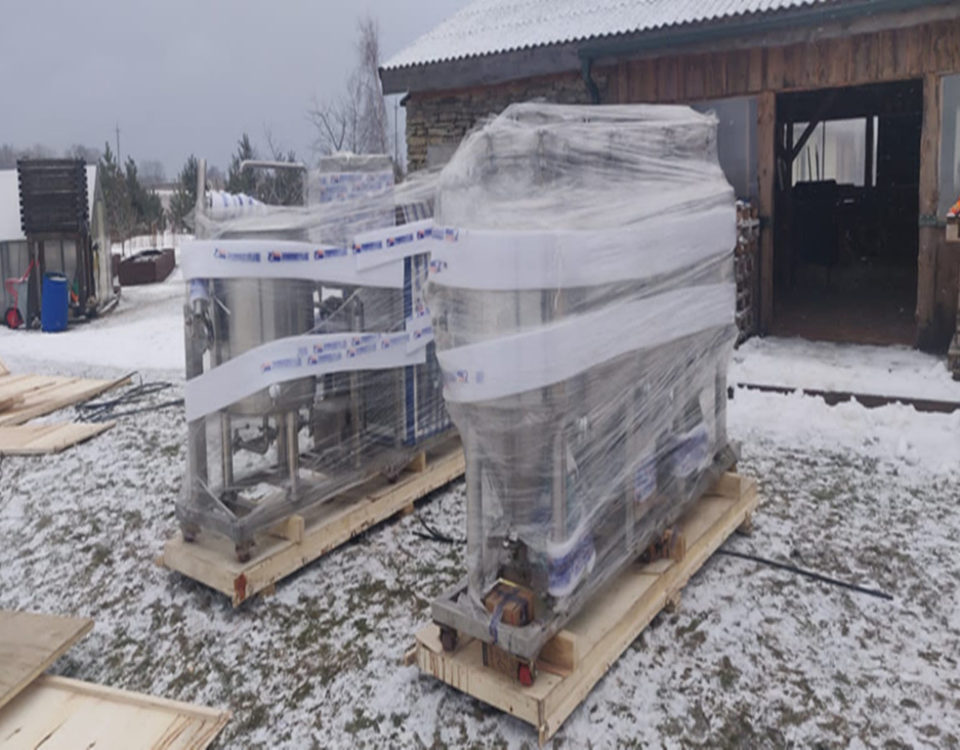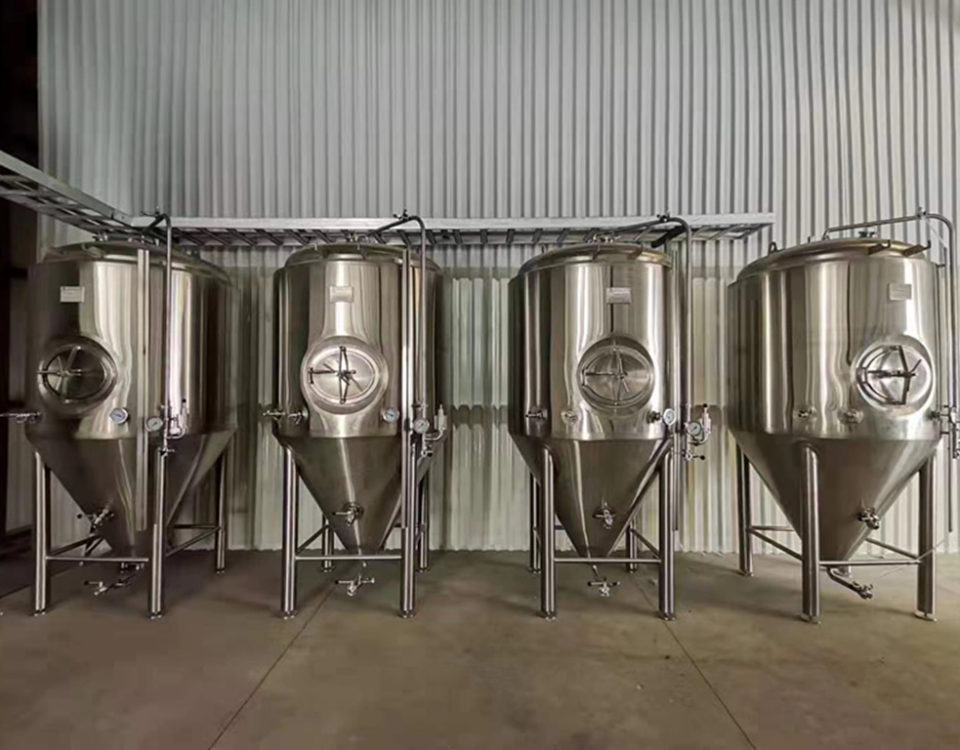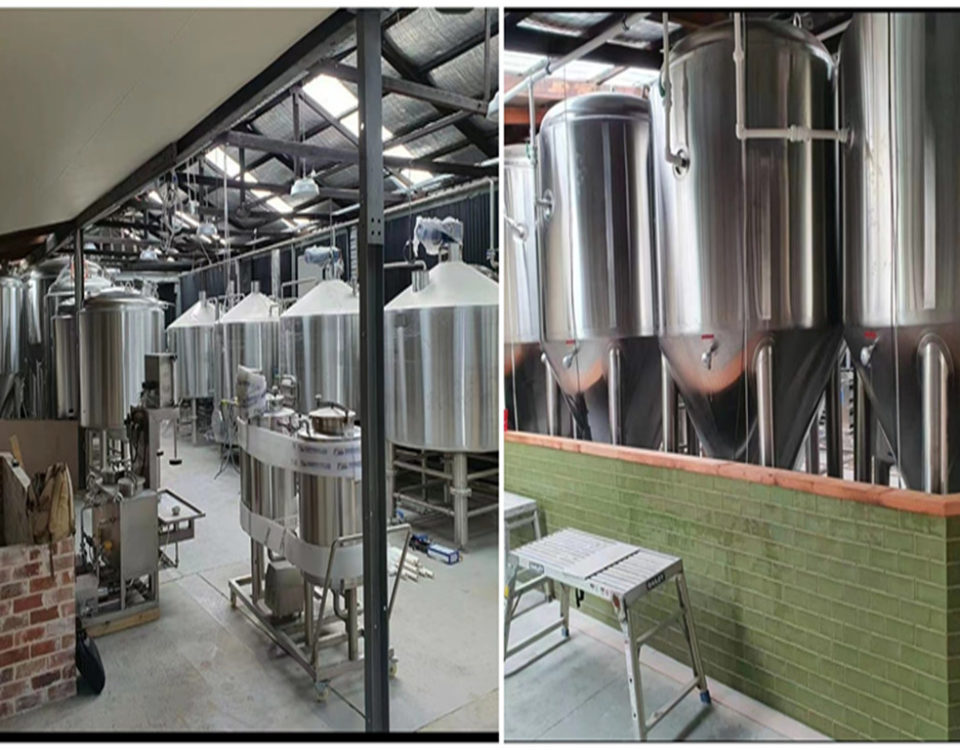
Steam heating brewing system — The Pros and Cons
11/18/2021
Electric brewing equipment — Right for Me?
11/15/2021
Direct fire brewing system – Pros and Cons
Direct fire brewing system, as the name implies involves using an open flame under your brewhouse kettle to heat it up. Back in the day this would of most likely been a coal fire. However modern-day breweries who use direct fire, generally employing oil or gas for the burner.
What Do These Burners Look Like?
The burner is usually housed in a cast iron combustion chamber placed under the kettle, which distributes the heat across the bottom of the kettle.
These burners can sometimes have several flames allowing for a more even distribution of the heat across the bottom of the kettle. There are other options which push the heat through a “coil” in the kettle too. We’ll look at this option as well.
Direct fire can be used for a mash tun, however it’s rarer because the mash easily sticks or scorches due to localized hot spots. As we noted in our electric brewing article, most direct fire systems are quite inefficient.
They heat up the air around the kettle as well, meaning up to 60%+ of the “heating” can be lost. That’s why direct fire kettles are usually below 330HL (281 US Bbl.) in size.
Although, most modern breweries will go to 10bbl (11.7HL) for direct fire, or 15bbl (17.6HL) for indirect fire as a maximum length for a brewhouse. Anything above usually means steam.
Different Types of Direct Fire Brewing (There’s Also Indirect Fire Too)
Direct Fire Under the Kettle
So, imagine a heating source directly under your brew kettle. In can be a firebox or an open flame gas burner directly under the kettle. The heat source can be either gas or oil.
Direct Fire Under the Kettle
So, imagine a heating source directly under your brew kettle. In can be a firebox or an open flame gas burner directly under the kettle. The heat source can be either gas or oil.
Indirect Fire
An indirect fire system is the same principle, utilizing a burner (a bit like a jet engine), however it “blows” heat into a jacket.Which works very similar to a steam jacket in brewing, which most people are aware of. The advantage is more even heat distribution and greater heating efficiency over direct fire.
As in the pictures above, you see the gas burner is outside the kettle. The heat generated goes in into the Direct fire brewing system “firebox” underneath the kettle and heats up the wort.
Most brewhouse suppliers would recommend a direct fire kettle to about 10bbl (11.7HL), with anything above being steam heating. Although larger direct fire brewhouses exist as we mentioned earlier.
The Advantages of Direct Fire Brewing System
Initial Costs and Space
The initial cost of installing direct fire is cheaper to install and calibrate than a boiler. Furthermore, it takes up less room if you’ve limited space available. It’s cheaper to run than electric in most parts of the world.
Ease of Use
It’s not only cheaper but easier to set up. There are no boilers, no boiler rooms, no steam piping, no steam traps and so on. There are also less operational headaches.
Switching Out
If you’ve the option to use propane and natural gas with your burner, it could lead to less downtime, as it might be possible to switch to the other if there’s an issue.
We worked with “Coastal County Brewing Company”. You can follow Brewery on FACEBOOK.





